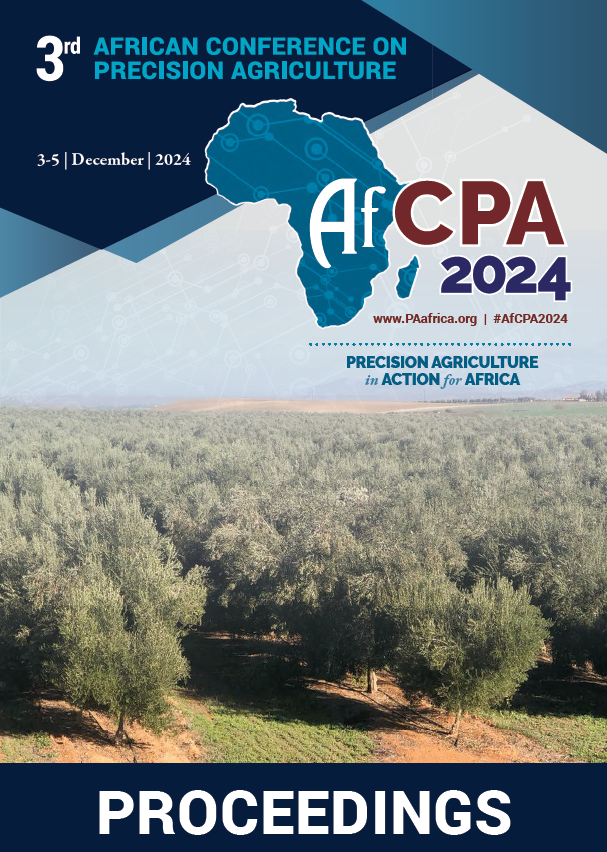Download the Conference Proceedings
Get your copy of the 2024 African Conference on Precision Agriculture Proceedings today! Download the PDF file and view all of the available proceedings.
Proceedings
Authors
| Filter results1 paper(s) found. |
|---|
1. Leaf-proximal Hyperspectral Data and Multivariate Modelling Approaches to Estimate Phosphorus and Potassium Content of Wheat LeavesThe assessment of plant nutrient status to provide sufficient fertilization for rapid and continuous uptake by plants has been based on visual diagnosis in the field, which is quick but demands a lot of experience and has low operability. Visible near-infrared spectroscopy (VNIS) has shown to be a quick, non-destructive, accurate, and cost-effective analytical method in precision agriculture. In this study, we assessed the potential of this technology to predict phosphorus and potassium content... Y. El-mejjaouy, B. Dumont, P. Vermeulen, A. Oukarroum, B. Mercatoris |
